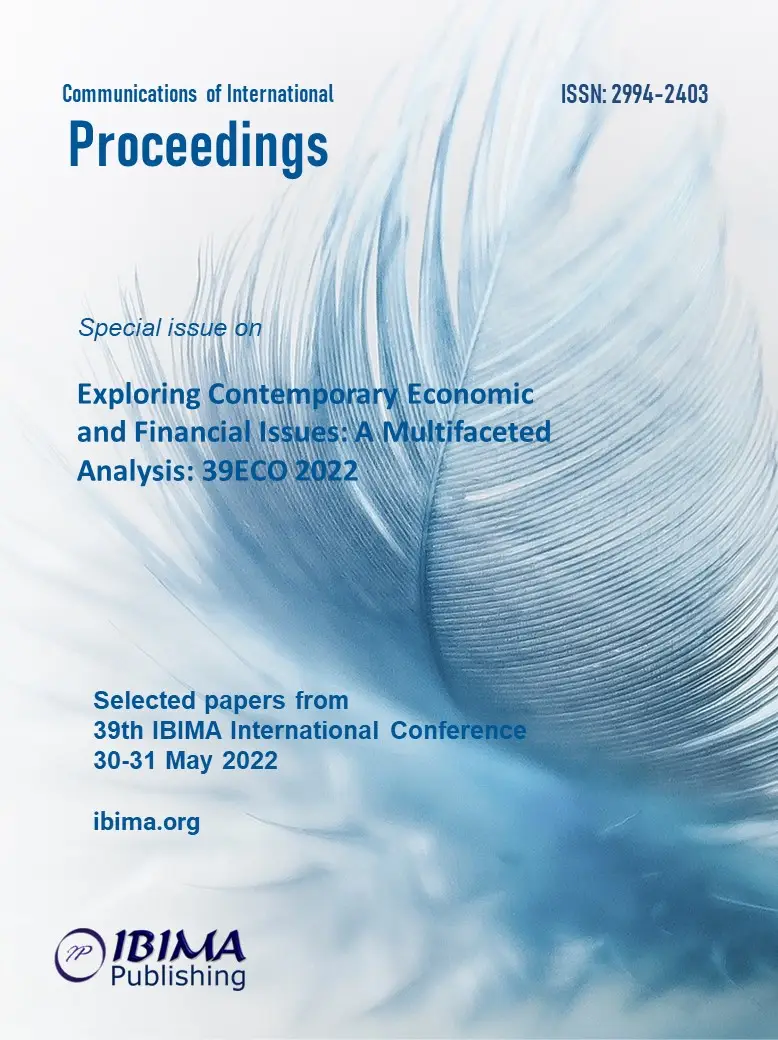
Marlene AMORIM1, Fatemeh SAGHEZCHI1, Claudia SOUSA SILVA1, Marta FERREIRA DIAS1, Mario Jorge FERREIRA RODRIGUES2, Carolina PAN1 and Lorena BASTOS1
1GOVCOPP – Governance Competitiveness and Public Policies, Department of Economics, Management, Industrial Engineering and Tourism, University of Aveiro, Aveiro, Portugal
2 Institute of Electronics and Informatics Engineering of Aveiro (IEETA), Aveiro, Portugal

Many occupations are still marked by an unbalanced presence of one of the genders. In the minds of both recruiters and applicants, the association of a given gender to some professions is still very common, therefore limiting the attractiveness upfront for many applicants. According to recent data from the European Union, the difference between the proportion of men and women can be quite substantial, reaching, in some cases to 80%. For occupations such as personal care workers, the women still represent 89% of the workforce, whereas in others, like science and engineering professions, the scenario is the opposite, with men holding about 75% of the places. This study presents the results of a survey that addressed professionals and job recruiters about the existing unconscious gender bias in their recruitment processes. The study builds on the ongoing work of the European project “Overcoming Gender Bias in Career Opportunities,” involving six European countries. The study discusses differences in the perceptions about the attractiveness of different jobs from the perspective of both recruiters and job applicants, and explores the differences observed across the six countries where the study was applied: Portugal, Spain, Cyprus, Greece, Poland, and Germany. The results from our 307 collected answers support that we are on the verge of observing important changes in the distribution of men and women across several professional fields, suggesting that managers will need to devote efforts to adjusting the workplaces to meet the needs of a more diversified workforce in these sectors.